Synthesis of Induction Brazing System Control Based on Artificial Intelligence
Abstract
:1. Introduction
2. Defining the Task
- Material recognition.
- Reaching the operating temperature of the process.
- Temperature retention according to technological requirements.
- Main materials of the brazed joint—copper, brass, stainless steel.
- Tabular data on the change in the resistance of joints composed of the three types of material, obtained by numerical 3D simulation of the heating process (graphically represented in Figure 1), with the geometry presented in Figure 2 and pipe dimensions 6 × 1 mm (outer pipe) and 4 × 0.7 mm (inner pipe).
- Shape of the inductor (presented in Figure 2) corresponding to the real induction system in order to compare and verify the results.
- Induction technological system consisting of the following components:
- ∘
- Resonant inverter—output parameters: power: 15 kW/current: 34 A/voltage: 450 V/operating frequency: 96 kHz.
- ∘
- Heat station with gear ratio: 6:1.
- ∘
- Brazing station with gear ratio: 4:1.
- Heating profiles—obtained using the 3D simulation model (details of the profiles in Section 4, Synthesis of Control and Demonstration).
3. Modeling
- Power Converter/Induction System—unit including the power part of the induction system: converter, matching circuits, inductor. This is detailed in Figure 8.
- ∘
- Inputs:
- ▪
- Isp—current reference.
- ▪
- Re inv—reduced equivalent resistance to the inverter output.
- ∘
- Outputs:
- ▪
- Uout—output voltage of the inverter.
- ▪
- Iout—inverter output current.
- R, L and C are transferred to the inverter load loop;
- u and i are the status variables;
- d
- Material recognition—block responsible for the recognition of the brazed material based on its equivalent resistance (Figure 10). The identification of the brazing material is performed on the basis of a test with a predetermined value of current, applied for a duration of 1 s.
- ∘
- Inputs:
- ▪
- Uout—output voltage of the inverter.
- ▪
- Iout—inverter output current.
- ∘
- Outputs:
- ▪
- Msel—index of the selected material.
- Power Profile Selector—module switching the operating modes of the system (Figure 11):
- ∘
- Inputs:
- ▪
- Msel—index of the recognized material.
- ∘
- Outputs:
- ▪
- Isp—current reference to the induction converter.
4. Synthesis of Control and Demonstration
- Set the Mode Selector of the Power Profile Selector module to Test mode (1).
- Set the Material Selector of the Reference Resistance module to position 1. In our case, this is the table with the resistance of a joint made of stainless steel pipes.
- Start the process in which the induction system works with the pre-selected test current Iref test. The value selected in the current study was 350 A, corresponding to the operating current of the material with the highest resistance (stainless steel). This value can be set by the user depending on the specific needs and application of the system.
- After the end of the test process, the system calculates the value of the resistance from the indicator Ravr inv/formula Equation (2)
- Record the obtained value in one of the cells of the panel for reference values (in our case, Material A).
- Repeat the above steps with the other materials, selecting them with Material Selector—position 2 for copper pipes and position 3 for brass pipes. Record the values obtained in the Material B and Material C cells
- Constant current during the whole process (Figure 13a)—this is the case when it can be assumed that the heating process is uncontrolled, as the system will work with a constant (unchanging) in time reference to the controller.
- Dynamic current profile (Figure 13b)—the setpoint to the induction system controller changes over time in order to achieve an optimal temperature process.
- Put the Mode Selector on the Power Profile Selector module in Run mode (2).
- Select one of the materials for simulation using the Material Selector of the Reference Resistance module.
- Start the process simulation, and the trained system takes into account the readings of Uout and Iout of the induction system (Figure 8 )
- The system checks whether the Ravr average resistance corresponds to the material we selected.
5. Conclusions and Guidelines for Future Work
- Implementation of the described algorithm in a real induction brazing system, using modern microprocessor-based units for control.
- Implementation of a function for automatic generation of heating profiles through a real test process performed by an experienced technologist in industrial conditions. This will allow easy achievement of the desired technological results without the need for a complex and detailed design of the temperature profile.
Author Contributions
Funding
Conflicts of Interest
References
- Rudnev, V.; Loveless, D.; Cook, R.L. Handbook of Induction Heating, 2nd ed.; CRC Press: Boca Raton, FL, USA, 2017; ISBN1 978-1-1387-4874-3. ISBN2 1138748749. ISBN3 978-1-4665-5395-8. [Google Scholar]
- Zinn, S.; Semiatin, S.L. Elements of Induction Heating: Design Control and Applications; ASM International: Almere, The Netherlands, 1988; ISBN1 0871703084. ISBN2 9780871703088. [Google Scholar]
- Johnson, I.A. 20 Induction Cooking and Heating. In Wireless Power Transfer, 2nd ed.; River Publishers: Aalborg, Denmark, 2016; pp. 681–702. [Google Scholar]
- Davies, J. Conduction and Induction Heating; IEE Power Engineering Series 11; On behalf of the Institution of Electrical Engineers; P. Peregrinus Ltd.: London, UK, 1990; ISBN1 0-86341-174-6. ISBN2 978-0-86341-174-8. [Google Scholar]
- Lupi, S.; Forzan, M.; Aliferov, A. Induction and Direct Resistance Heating: Theory and Numerical Modeling; Springer International Publishing: Cham, Switzerland, 2015; ISBN1 978-3-319-03478-2. ISBN2 978-3-319-03479-9. [Google Scholar]
- Danilushkin, A.; Bazarov, A.; Zhivotyagin, D. Synthesis of Algorithms and Optimal Control System of Start-Up Modes of Continuous Induction Installation. In Proceedings of the 2020 International Conference on Industrial Engineering, Applications and Manufacturing (ICIEAM), Sochi, Russia, 18 May 2020; pp. 1–5. [Google Scholar] [CrossRef]
- Weis, S.; Fedorov, V.; Elssner, M.; Uhlig, T.; Hausner, S.; Wagner, G.; Wielage, B. Research trends in brazing and soldering. Weld. Technol. Rev. 2017, 89. [Google Scholar] [CrossRef] [Green Version]
- Fabian, R. Vacuum Technology: Practical Heat Treating and Brazing; ASM International: Almere, The Netherlands, 1993; ISBN1 0-87170-477-3. ISBN2 9781615031511. ISBN3 1615031510. ISBN4 9780871704771. [Google Scholar]
- Filatova, D.; Grzywaczewski, M. Optimal Control of Induction Heating: Theory and Application. In Modeling, Design, and Simulation of Systems with Uncertainties; J.B. Metzler: Stuttgart, Germany, 2011; pp. 153–173. [Google Scholar]
- Rapoport, E.; Pleshivtseva, Y. Optimal Control of Induction Heating Processes; Dekker Mechanical Engineering; CRC/Taylor & Francis: Boca Raton, FL, USA, 2007; ISBN1 0849337542. ISBN2 9780849337543. [Google Scholar]
- Grozdanov, D.; Tarnev, K.; Hinov, N. Electromagnetic Modeling and Thermal Analysis of a Non-Axisymmetric System for Induction Brazing. Energies 2020, 13, 3656. [Google Scholar] [CrossRef]
- Ge, Y.; Hu, R.; Zhang, Z.; Shen, Q. Optimization Control of Induction hardening. Process. Proc. Int. Conf. Mech. Autom. IEEE 2006, 1126–1130. [Google Scholar] [CrossRef]
- Roberts, P. Introduction to Brazing Technology. In Introduction to Brazing Technology; Apple Academic Press: Cambridge, MA, USA, 2016; p. 978. [Google Scholar]
- Zhao, S.; Blaabjerg, F.; Wang, H. An Overview of Artificial Intelligence Applications for Power Electronics. IEEE Trans. Power Electron. 2021, 36, 4633–4658. [Google Scholar] [CrossRef]
- UltraFlex Power Technologies. Available online: https://ultraflexpower.com/ (accessed on 21 March 2021).
- Zerouali, S.; Allag, A.; Mimoune, S.M.; Hamida, A.H.; Khanniche, S.; Feliachi, M. An Adaptive Control Applied to Series Resonant Inverter for Induction Heating. Proc. Int. Univ. Power Eng. Conf. IEEE 2006, 2, 633–636. [Google Scholar]
- Chaboudez, C.; Clain, S.; Glardon, R.; Mari, D.; Rappaz, J.; Swierkosz, M. Numerical modeling in induction heating for axisymmetric geometries. IEEE Trans. Magn. 1997, 33, 739–745. [Google Scholar] [CrossRef]
- Leitner, M.; Aigner, R.; Grün, F. Numerical Fatigue Analysis of Induction-Hardened and Mechanically Post-Treated Steel Components. Machines 2019, 7, 1. [Google Scholar] [CrossRef] [Green Version]
- Panek, D.; Karban, P.; Dolezel, I. Calibration of Numerical Model of Magnetic Induction Brazing. IEEE Trans. Magn. 2019, 55, 1–4. [Google Scholar] [CrossRef]
- Khazaal, M.H.; Abdulbaqi, I.M.; Thejel, R.H. Modeling, design and analysis of an induction heating coil for brazing process using FEM. In Proceedings of the 2016 Al-Sadeq International Conference on Multidisciplinary in IT and Communication Science and Applications (AIC-MITCSA), Baghdad, Iraq, 9 May 2016; pp. 1–6. [Google Scholar]
- The MathWorks, Inc. Available online: www.mathworks.com (accessed on 1 February 2021).
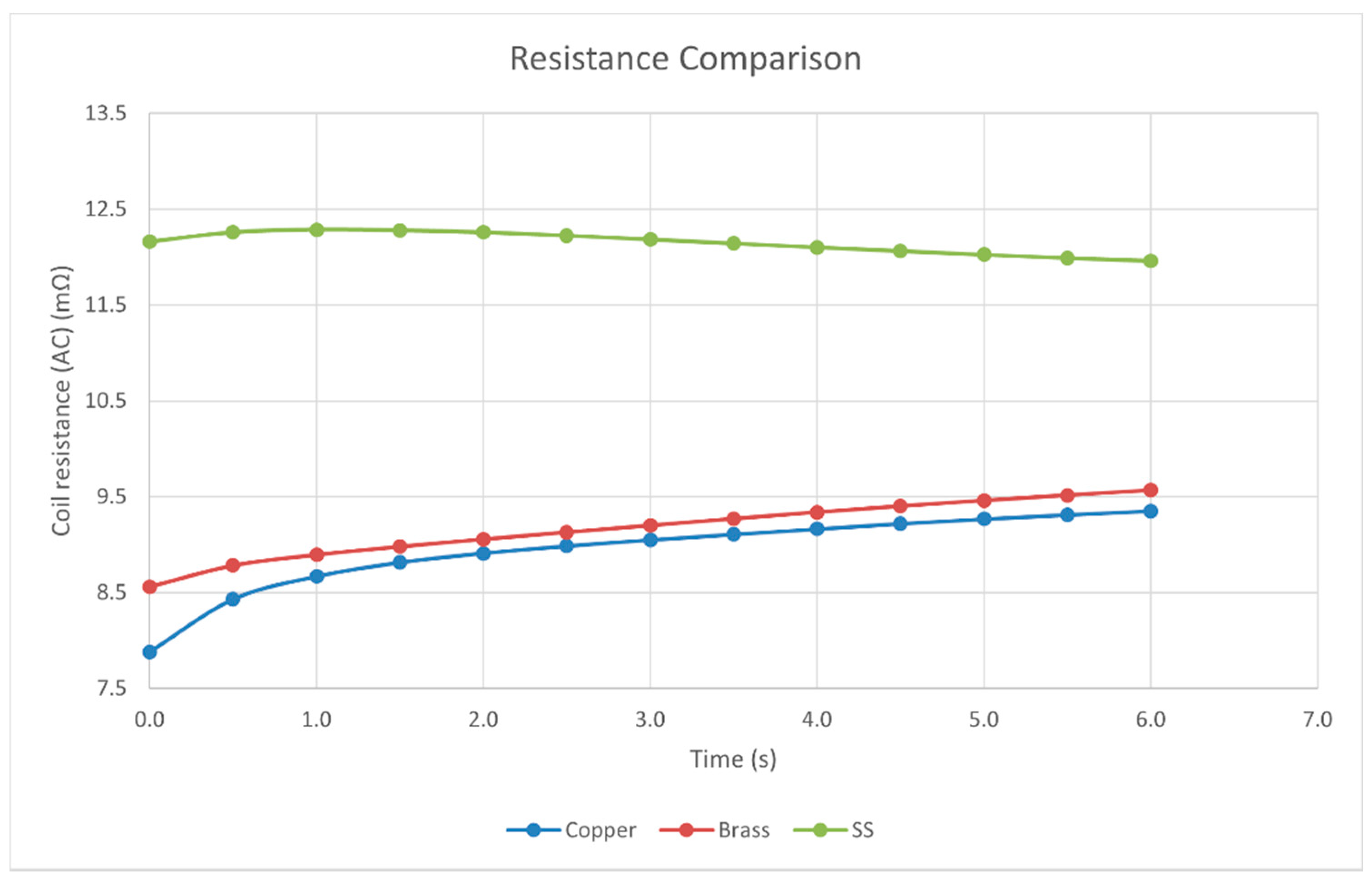
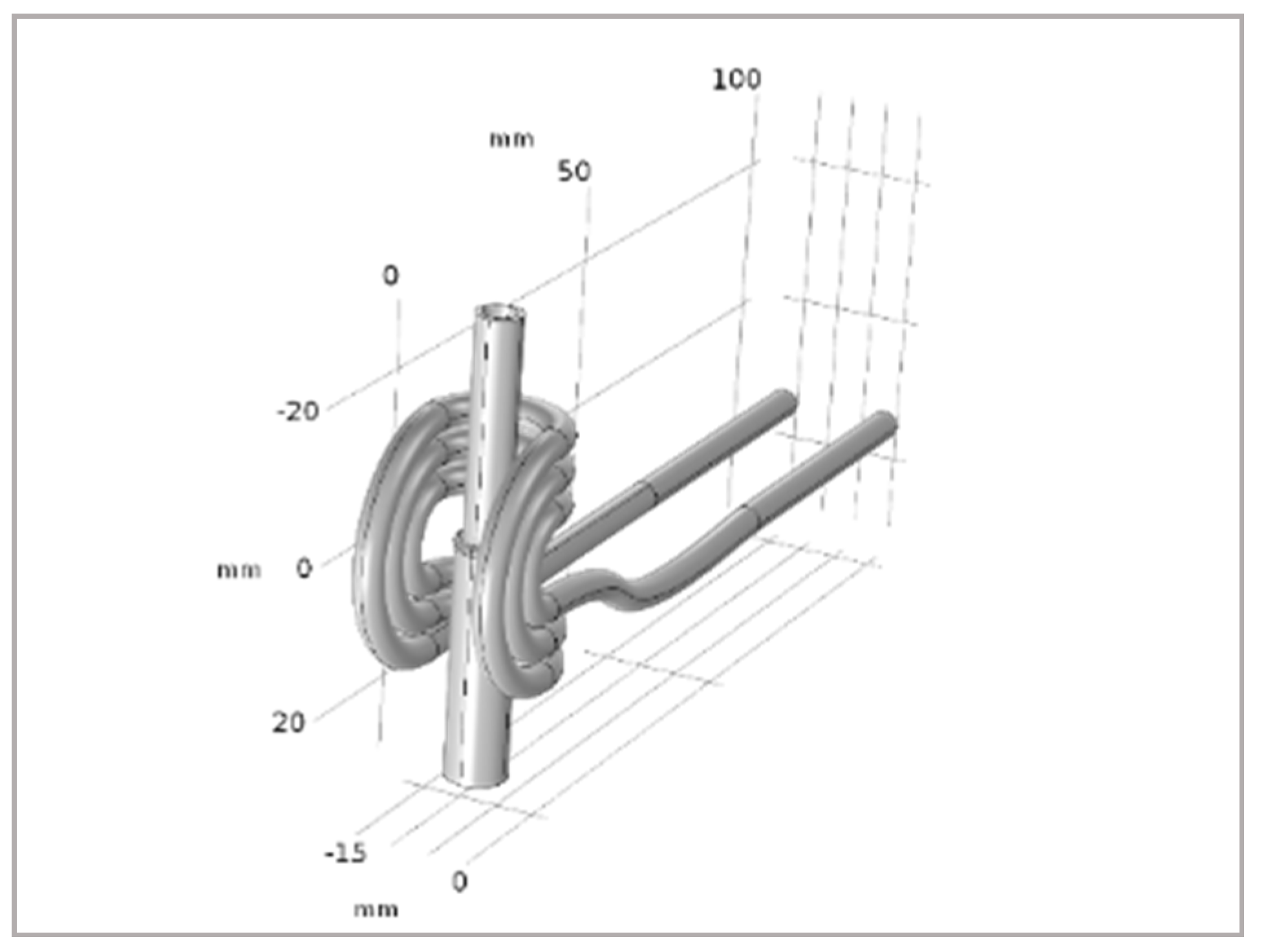
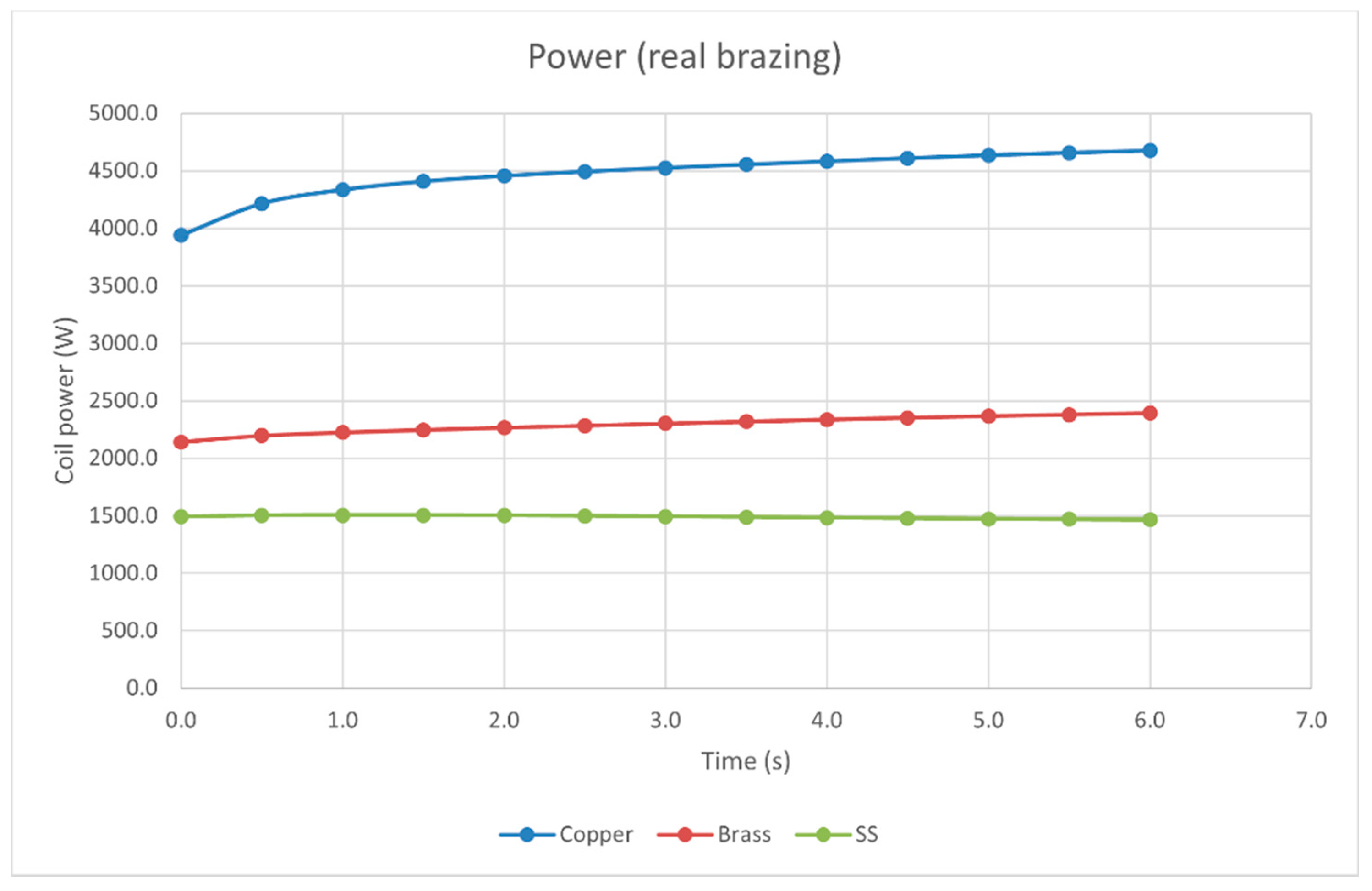

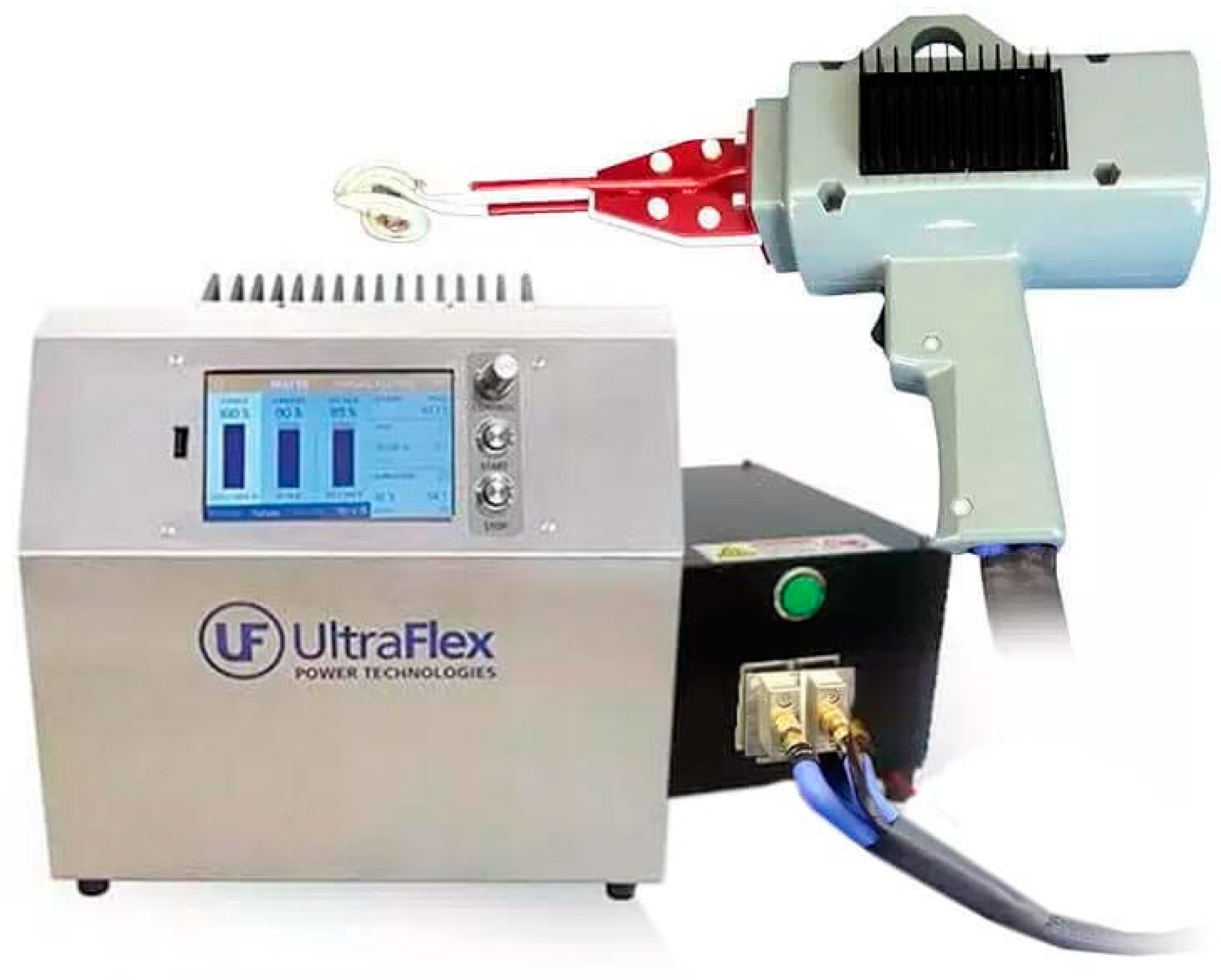
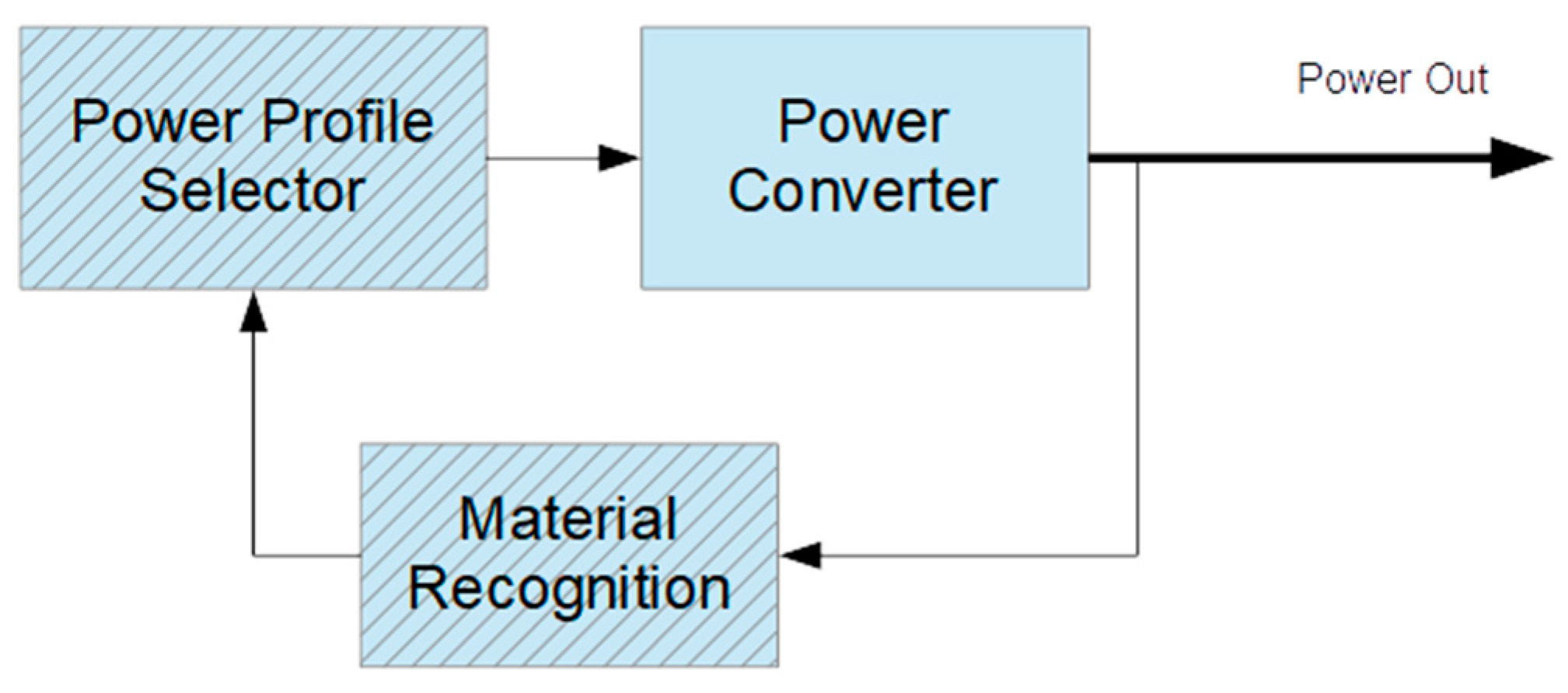
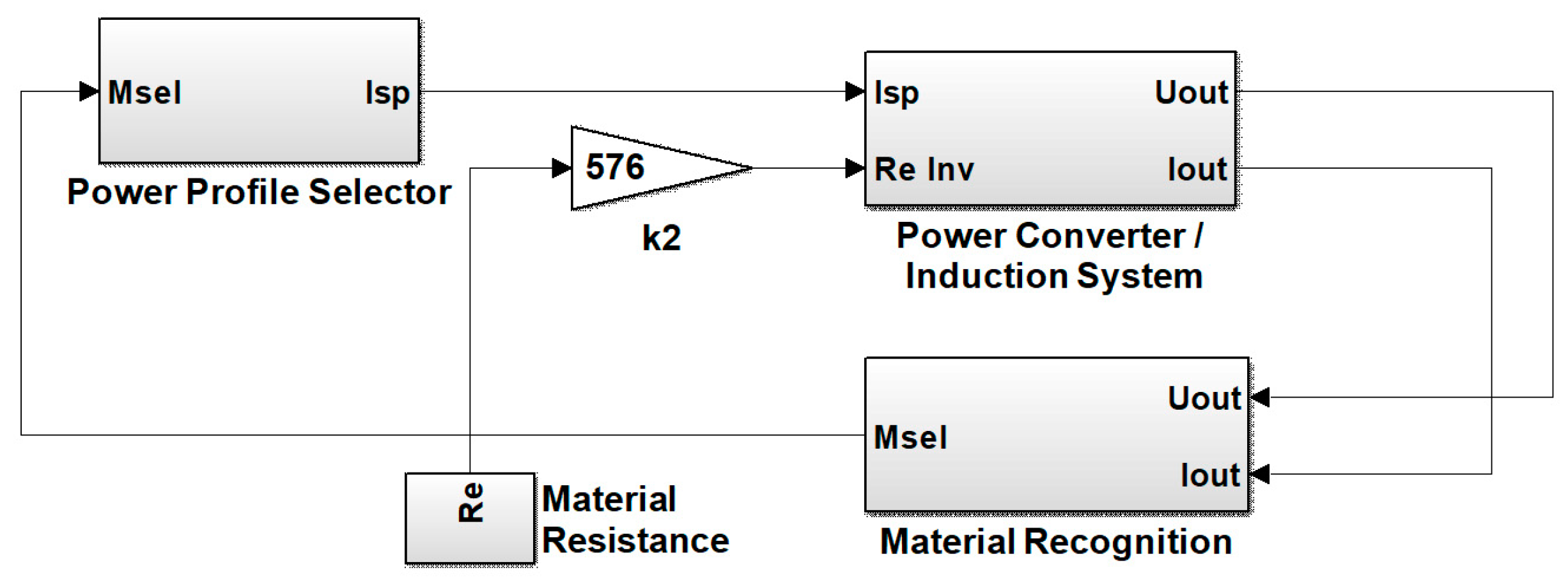



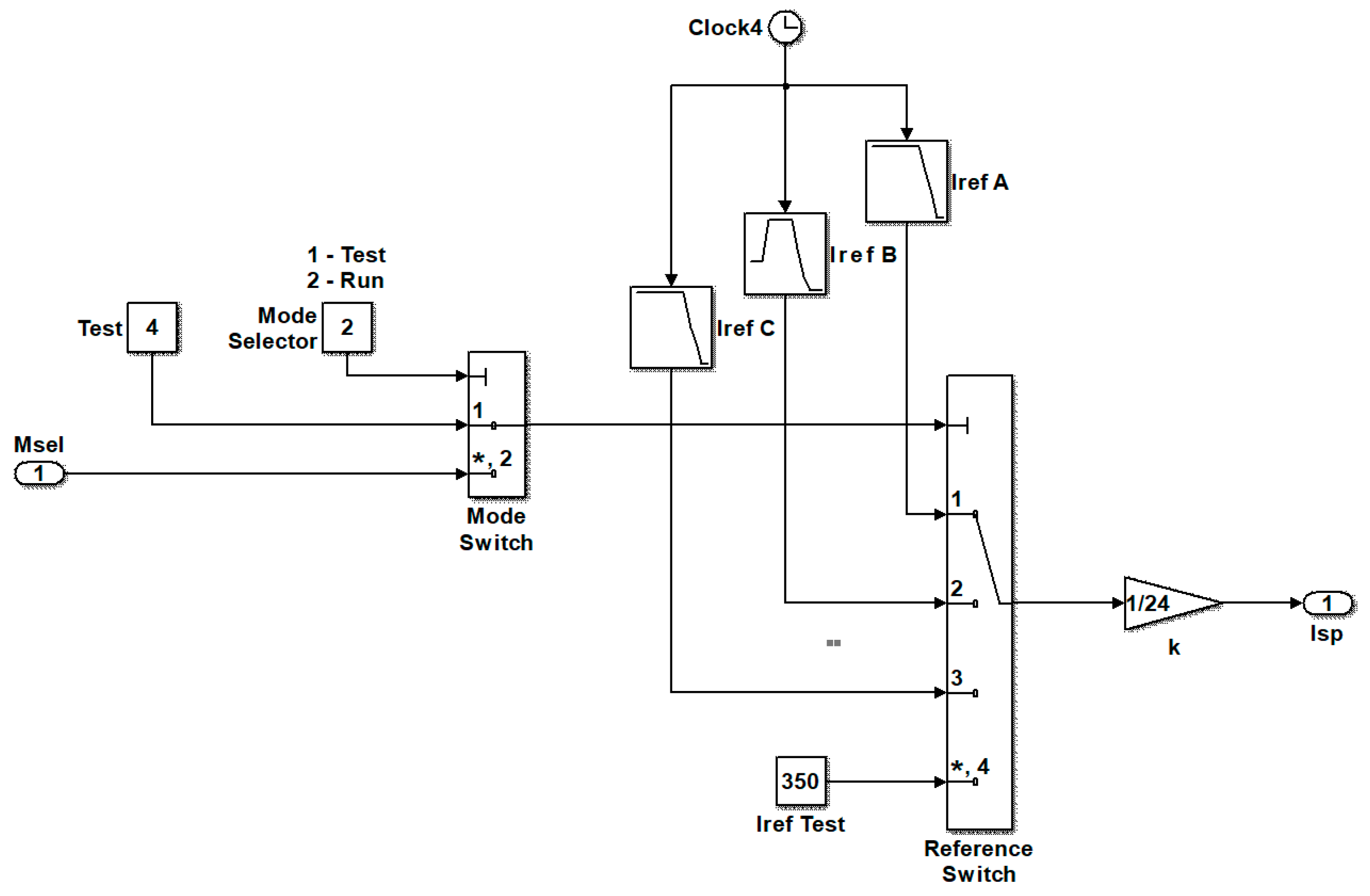



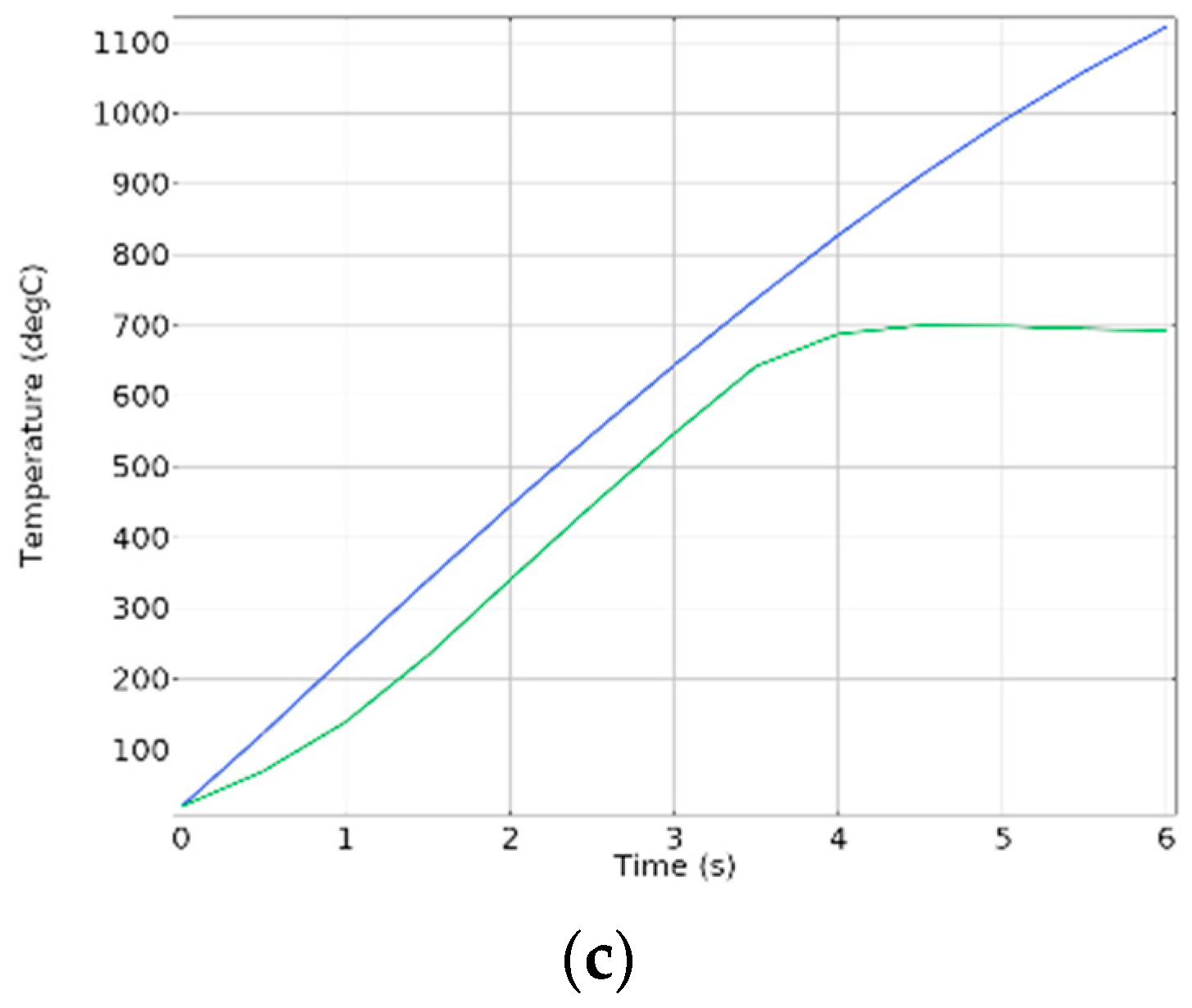
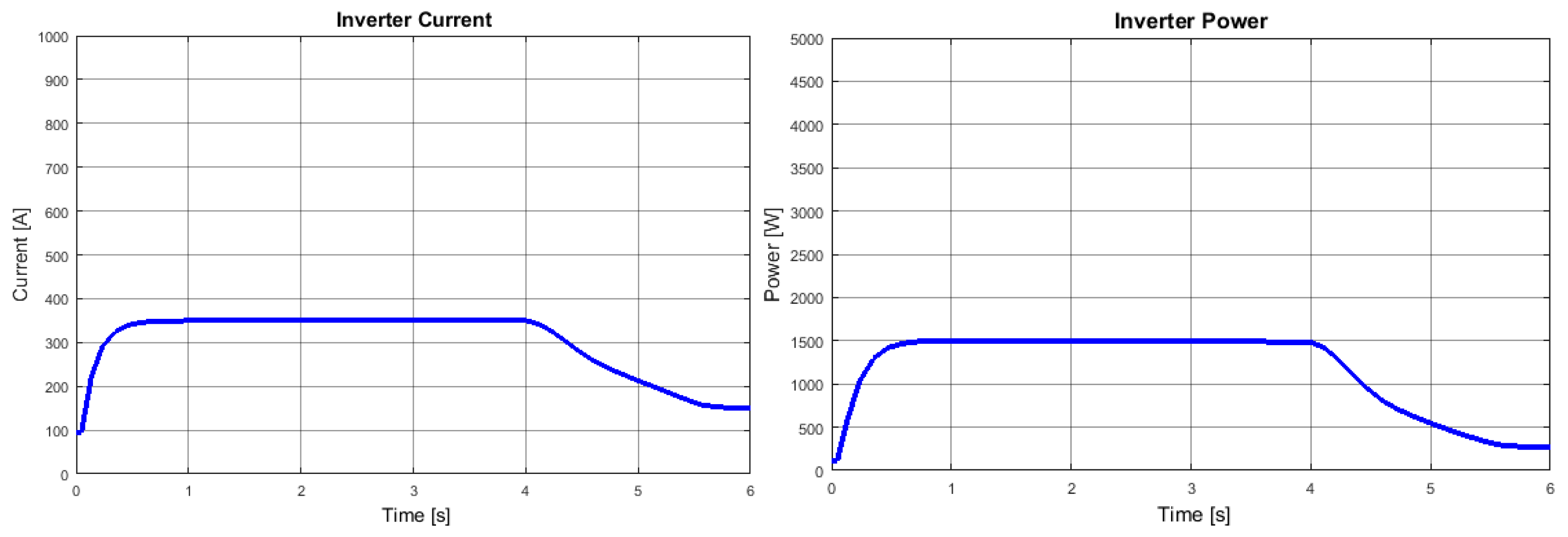
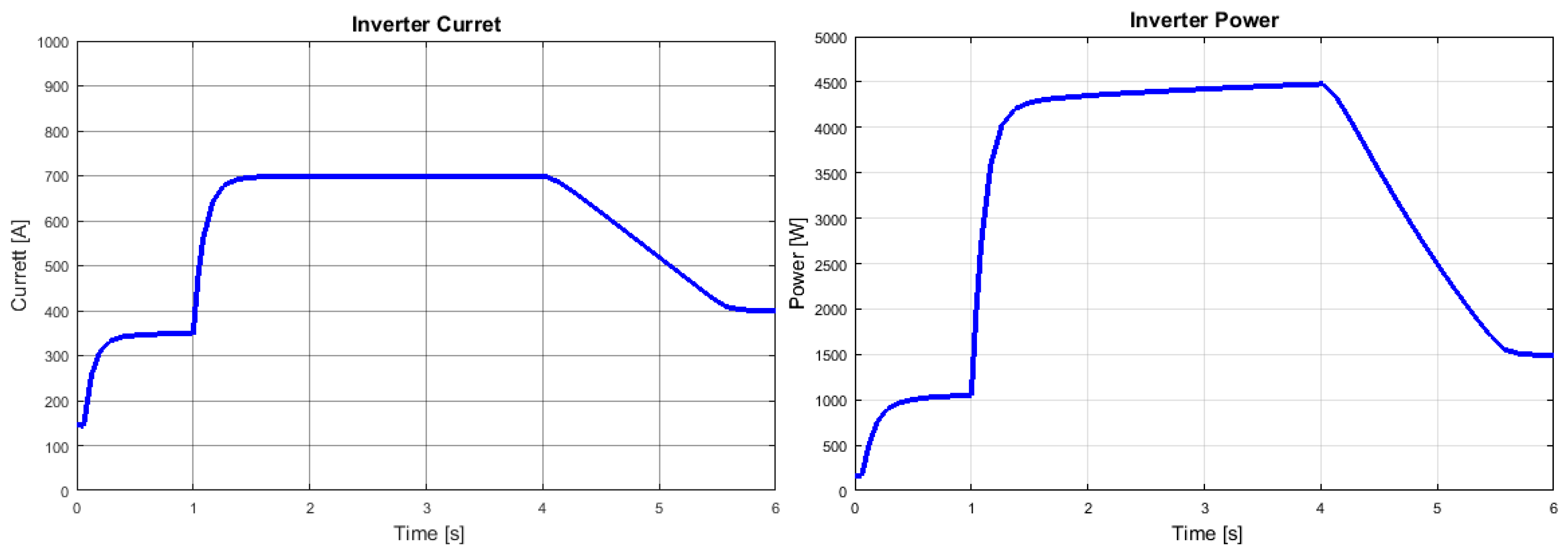
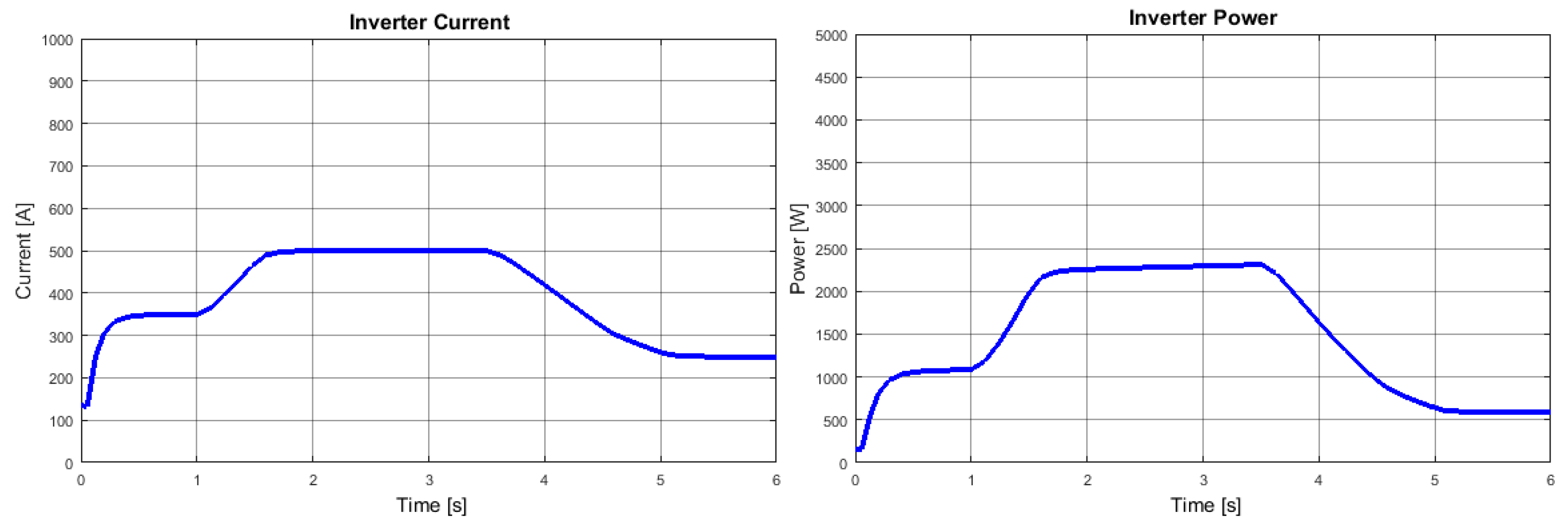
| Ravr Inv | Low | High | Delta | Interval | |
|---|---|---|---|---|---|
| Material A (Ω) | 4.81 | 4.7138 | 4.9062 | 0.1924 | |
| Material B (Ω) | 5.044 | 4.94312 | 5.14488 | 0.20176 | −0.03692 |
| Material C (Ω) | 7.052 | 6.91096 | 7.19304 | 0.28208 | −1.76608 |
| Detect Area (%) | 2 |
Publisher’s Note: MDPI stays neutral with regard to jurisdictional claims in published maps and institutional affiliations. |
© 2021 by the authors. Licensee MDPI, Basel, Switzerland. This article is an open access article distributed under the terms and conditions of the Creative Commons Attribution (CC BY) license (https://creativecommons.org/licenses/by/4.0/).
Share and Cite
Grozdanov, D.; Gilev, B.; Hinov, N. Synthesis of Induction Brazing System Control Based on Artificial Intelligence. Electronics 2021, 10, 1190. https://doi.org/10.3390/electronics10101190
Grozdanov D, Gilev B, Hinov N. Synthesis of Induction Brazing System Control Based on Artificial Intelligence. Electronics. 2021; 10(10):1190. https://doi.org/10.3390/electronics10101190
Chicago/Turabian StyleGrozdanov, Dragomir, Bogdan Gilev, and Nikolay Hinov. 2021. "Synthesis of Induction Brazing System Control Based on Artificial Intelligence" Electronics 10, no. 10: 1190. https://doi.org/10.3390/electronics10101190
APA StyleGrozdanov, D., Gilev, B., & Hinov, N. (2021). Synthesis of Induction Brazing System Control Based on Artificial Intelligence. Electronics, 10(10), 1190. https://doi.org/10.3390/electronics10101190








